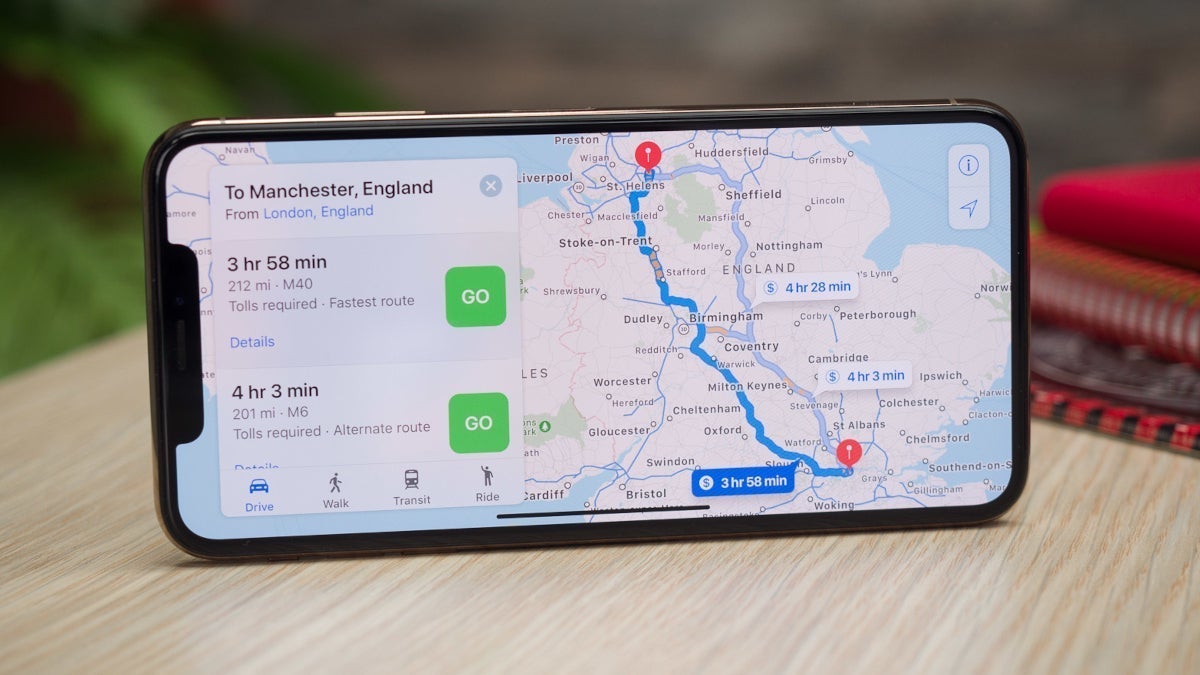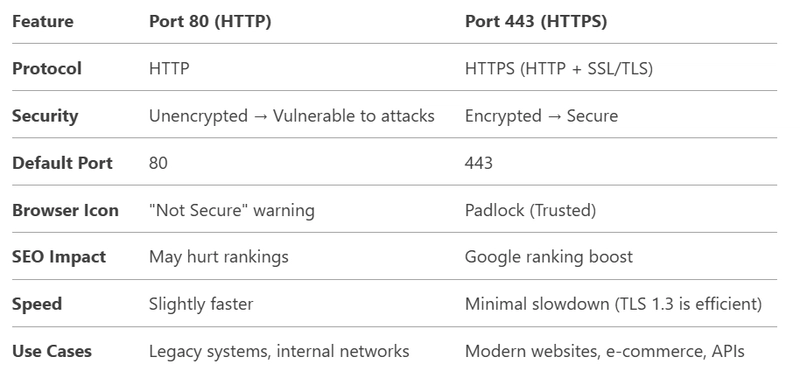Integrated Information Security: From Fundamentals to Advanced Protection
1. Introduction and Historical Background The rapid technological evolution of the 20th century not only heralded the information age but also redefined the way we value and secure data. Information, once confined to paper archives and physical media, is now produced, processed, and stored digitally. This shift turned data into a strategic asset, necessitating robust security measures. Early challenges in safeguarding information have now evolved into managing a complex digital landscape where technical capabilities and human factors intersect. In today's environment, ensuring confidentiality, integrity, and availability requires an integrated approach that spans from basic network design to advanced unified threat management. 2. Information Lifecycle, Governance, and Privacy Every piece of data passes through a lifecycle of creation, handling, storage, transmission, and eventual disposal. At each stage, key security pillars must be maintained: Confidentiality: Preventing unauthorized access. Integrity: Ensuring data remains unaltered. Availability: Guaranteeing continuous access. Authenticity & Non-Repudiation:& Confirming user identities and holding parties accountable. Legality: Meeting regulatory and legal standards. To manage this lifecycle effectively, organizations integrate IT systems, records management, and business process controls into a cohesive data governance framework. This framework extends into managing distributed computing environments, the challenges of BYOD (Bring Your Own Device) policies, and secure cloud implementations. 3. Systems, Management, and International Standards Modern information systems are comprehensive and multifaceted, comprising hardware, software, communication networks, and human interfaces. Their effective management relies on adherence to international standards and frameworks, which include: ISO/IEC 15408 (Common Criteria): For evaluating IT product security. ISO/IEC 27000 Family: Guidelines for implementing an Information Security Management System (ISMS). ISO 31000 (Risk Management): Methods for risk assessment and mitigation. By aligning with these standards, organizations establish a secure baseline that supports ongoing improvements and enables adaptability to emerging threats. 4. Cryptography and Hash Functions Cryptography remains a foundational pillar in protecting digital data: Symmetric Cryptography (e.g., AES): Uses a single key for both encryption and decryption. Asymmetric Cryptography (e.g., RSA, ECC): Employs a pair of keys (public and private) to secure communications and authenticate users. Digital signatures, key management techniques, and hash functions (MD5, SHA variants) further enhance data integrity and authenticity, ensuring that information remains secure during transmission and storage. 5. Network Protection and Infrastructure Network architecture is at the heart of secure information systems. A well-designed network not only ensures reliable connectivity but also plays a critical role in protecting data. Here, we delve into the basics and advanced concepts: 5.1 LAN, VLAN, and WLAN Fundamentals LAN (Local Area Network): A LAN is a network confined to a limited geographic area, such as an office building or campus. It provides high-speed connectivity among devices, facilitating resource sharing and communication within an organization. VLAN (Virtual Local Area Network): A VLAN is a logical grouping of devices within a LAN, defined by software rather than physical location. By segmenting a network into VLANs, organizations can limit broadcast traffic, improve performance, and enhance security by isolating sensitive data or critical systems. WLAN (Wireless Local Area Network): WLANs extend LAN functionality by providing wireless connectivity. They enable mobility within a localized area, allowing devices to connect to the network without physical cables. Proper security measures, such as WPA3 encryption and network segmentation, are critical to protect WLANs against unauthorized access. 5.2 Enhancing Network Traffic with Proxies and NAT Proxy Servers: Acting as intermediaries, proxies handle client requests on behalf of other servers. They offer multiple benefits: acting as a first-line firewall, caching frequently accessed content for faster responses, and anonymizing client data by masking IP addresses. Network Address Translation (NAT): NAT translates private IP addresses used within a LAN into public IP addresses required for Internet communication. This not only conserves valuable public IP space but also adds an additional layer of security by hiding internal network structures. 5.3 IDS/IPS Solutions and Traffic Monitoring Intrusion Detection Systems (IDS) and Intrusion Prevention Systems (IPS) are crucial for monitoring network traffic: IDS: Monitors incoming and outgoing traffic for signs of malicious activit
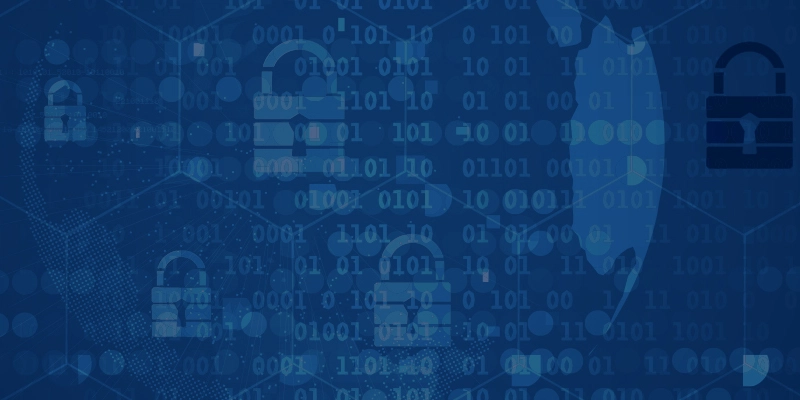
1. Introduction and Historical Background
The rapid technological evolution of the 20th century not only heralded the information age but also redefined the way we value and secure data. Information, once confined to paper archives and physical media, is now produced, processed, and stored digitally. This shift turned data into a strategic asset, necessitating robust security measures. Early challenges in safeguarding information have now evolved into managing a complex digital landscape where technical capabilities and human factors intersect. In today's environment, ensuring confidentiality, integrity, and availability requires an integrated approach that spans from basic network design to advanced unified threat management.
2. Information Lifecycle, Governance, and Privacy
Every piece of data passes through a lifecycle of creation, handling, storage, transmission, and eventual disposal. At each stage, key security pillars must be maintained:
- Confidentiality: Preventing unauthorized access.
- Integrity: Ensuring data remains unaltered.
- Availability: Guaranteeing continuous access.
- Authenticity & Non-Repudiation:& Confirming user identities and holding parties accountable.
- Legality: Meeting regulatory and legal standards.
To manage this lifecycle effectively, organizations integrate IT systems, records management, and business process controls into a cohesive data governance framework. This framework extends into managing distributed computing environments, the challenges of BYOD (Bring Your Own Device) policies, and secure cloud implementations.
3. Systems, Management, and International Standards
Modern information systems are comprehensive and multifaceted, comprising hardware, software, communication networks, and human interfaces. Their effective management relies on adherence to international standards and frameworks, which include:
- ISO/IEC 15408 (Common Criteria): For evaluating IT product security.
- ISO/IEC 27000 Family: Guidelines for implementing an Information Security Management System (ISMS).
- ISO 31000 (Risk Management): Methods for risk assessment and mitigation.
By aligning with these standards, organizations establish a secure baseline that supports ongoing improvements and enables adaptability to emerging threats.
4. Cryptography and Hash Functions
Cryptography remains a foundational pillar in protecting digital data:
- Symmetric Cryptography (e.g., AES): Uses a single key for both encryption and decryption.
- Asymmetric Cryptography (e.g., RSA, ECC): Employs a pair of keys (public and private) to secure communications and authenticate users.
Digital signatures, key management techniques, and hash functions (MD5, SHA variants) further enhance data integrity and authenticity, ensuring that information remains secure during transmission and storage.
5. Network Protection and Infrastructure
Network architecture is at the heart of secure information systems. A well-designed network not only ensures reliable connectivity but also plays a critical role in protecting data. Here, we delve into the basics and advanced concepts:
5.1 LAN, VLAN, and WLAN Fundamentals
LAN (Local Area Network):
A LAN is a network confined to a limited geographic area, such as an office building or campus. It provides high-speed connectivity among devices, facilitating resource sharing and communication within an organization.VLAN (Virtual Local Area Network):
A VLAN is a logical grouping of devices within a LAN, defined by software rather than physical location. By segmenting a network into VLANs, organizations can limit broadcast traffic, improve performance, and enhance security by isolating sensitive data or critical systems.WLAN (Wireless Local Area Network):
WLANs extend LAN functionality by providing wireless connectivity. They enable mobility within a localized area, allowing devices to connect to the network without physical cables. Proper security measures, such as WPA3 encryption and network segmentation, are critical to protect WLANs against unauthorized access.
5.2 Enhancing Network Traffic with Proxies and NAT
Proxy Servers:
Acting as intermediaries, proxies handle client requests on behalf of other servers. They offer multiple benefits: acting as a first-line firewall, caching frequently accessed content for faster responses, and anonymizing client data by masking IP addresses.Network Address Translation (NAT):
NAT translates private IP addresses used within a LAN into public IP addresses required for Internet communication. This not only conserves valuable public IP space but also adds an additional layer of security by hiding internal network structures.
5.3 IDS/IPS Solutions and Traffic Monitoring
Intrusion Detection Systems (IDS) and Intrusion Prevention Systems (IPS) are crucial for monitoring network traffic:
- IDS: Monitors incoming and outgoing traffic for signs of malicious activity and alerts administrators.
- IPS: Takes this a step further by actively blocking or preventing attacks based on detected anomalies.
By combining these solutions with robust firewall implementations, organizations create a layered defense that is adaptive and responsive to real-time threats.
6. Attackers, Threats, and Hacker Typologies
The digital landscape faces multifaceted threats from an array of attackers:
-
Hacker Classifications:
- Blue Hat hackers identify vulnerabilities preemptively.
- Gray Hat hackers test systems without harmful intent.
- Black Hat hackers conduct malicious attacks.
- White Hat (ethical) hackers work to secure systems.
- Government Hackers and Hacktivists operate based on political or strategic directives.
- Insiders may misuse legitimate access for personal gain or inadvertently cause damage.
Social Engineering & Phishing:
Beyond technical exploits, attackers use social tactics—exploiting human emotions like trust, urgency, or vanity—to gain access to sensitive data.Objectives of Cyber Attacks:
Attacks may target data theft, service disruption, unauthorized access, or reveal system vulnerabilities, demanding a strong defense strategy from organizations.
7. Vulnerabilities: Definitions and Types
A vulnerability is any weakness that can be exploited by an attacker. They may be categorized as follows:
- Natural Vulnerabilities: Arise from environmental events like natural disasters.
- Organizational Vulnerabilities: Stem from inadequate policies or planning.
- Physical and Hardware Vulnerabilities: Relate to outdated or improperly configured equipment.
- Human Vulnerabilities: Result from lack of awareness or training.
- Communication Vulnerabilities: Involve insecure data transmission protocols.
Failure to address these vulnerabilities can lead to significant business, legal, and reputational risks.
8. Malicious Code and Malware
Malware, or malicious software, is purposefully designed to damage or exploit systems. Common types include:
- Viruses and Worms: Self-replicate to spread infection.
- Trojans: Disguise themselves as legitimate software to gain access.
- Spyware: Covertly monitors user activity.
- Ransomware: Encrypts data, demanding a ransom for decryption.
- Botnets and Rootkits: Maintain control over compromised systems without detection.
Modern cybersecurity measures use signature-based, heuristic, and behavioral methods—often complemented by cloud-assisted detection—to mitigate malware threats effectively.
9. Authentication, Authorization, and Auditing (AAA)
Securing access to systems involves three key processes:
- Authentication: Verifying user identity through passwords, tokens, or biometrics.
- Authorization: Ensuring users have permission to access specific resources.
- Auditing/Accounting: Logging access and actions for later review and analysis.
Protocols such as RADIUS, PPP (with PAP/CHAP), LDAP, and IEEE 802.1X work together to enforce these security measures, ensuring only authorized access while keeping comprehensive records for forensic and regulatory purposes.
10. Network Segmentation, DMZ, and Honeypots
Effective network management includes segmenting networks to contain breaches and control traffic flow:
Network Segmentation:
Divides a larger network into smaller, isolated segments. This is often accomplished using VLANs for wired networks and robust security practices for WLANs. Segmentation helps minimize the spread of an attack and improve overall network performance.Demilitarized Zone (DMZ):
A DMZ is a controlled subnetwork that hosts public-facing services such as web and email servers. It acts as a buffer between the external internet and the internal network, reducing the risk of full-scale breaches.Honeypots:
Designed as decoys, honeypots mimic legitimate systems to attract attackers. By studying attack methods and patterns on these systems, organizations can reinforce their defenses and better protect real assets.
11. Cloud, Fog, and Edge Computing Security
The migration to the cloud offers tremendous benefits but brings new security challenges. Cloud environments are categorized into private, public, community, or hybrid models—all of which require tailored security measures. Additionally, emerging paradigms like fog and edge computing bring computational resources closer to data sources—vital for IoT ecosystems. These models demand strict authentication, data integrity safeguards, and compliance with privacy standards to manage distributed risks effectively.
12. Proxies, IDS/IPS, Content Filtering, and Firewalls
Security tools such as proxy servers, IDS/IPS systems, and firewalls work together to protect networks:
- Proxy Servers: Manage and filter web traffic, anonymize client data, and cache content for quicker access.
- IDS/IPS: Monitor and actively block potential threats before they can do harm.
- Firewalls: Inspect data packets at multiple layers, enforcing policies that prevent unauthorized access.
- Content Filtering: Blocks undesirable websites and malicious emails, maintaining a secure and productive user environment.
13. Unified Threat Management (UTM) Solutions
Unified Threat Management (UTM) systems integrate multiple security functions into a single platform. Rather than deploying and managing separate solutions, UTMs combine various layers of protection, ensuring a coordinated response against modern threats. Components of a robust UTM include:
- Application Control: Regulates which applications can access the network to enforce policy and reduce exposure.
- Antivirus/Antimalware: Provides real-time scanning and removal of malicious code.
- Content Filtering and Antispam: Prevents access to dangerous websites and filters out phishing or malicious emails.
- WAN Acceleration and VPN: Optimizes remote connectivity and secures data transfers via encrypted tunnels.
- Integrated IPS: Continuously monitors network traffic to detect and thwart malicious intrusions.
- Data Loss Prevention (DLP): Prevents unauthorized transmission of sensitive information.
- Centralized Management and Reporting: Simplifies security administration, allowing for unified monitoring, quick incident response, and comprehensive compliance reporting.
UTM solutions are especially valuable for organizations that need a balanced, streamlined approach to secure their networks without the complexity of managing disparate systems.
14. Conclusion and Future Directions
The future of information security depends on continuous innovation and the integration of multiple layers of defense. As the digital landscape expands—with innovations in IoT, fog, and edge computing—the need for adaptable, comprehensive security strategies becomes ever more critical. By embracing integrated frameworks such as UTM and understanding the fundamental components of network architecture (LAN, VLAN, WLAN), organizations can build resilient systems that proactively counteract emerging threats. This holistic approach not only protects valuable assets but also fosters trust and continuity in an increasingly interconnected world.










































































































































































![[The AI Show Episode 143]: ChatGPT Revenue Surge, New AGI Timelines, Amazon’s AI Agent, Claude for Education, Model Context Protocol & LLMs Pass the Turing Test](https://www.marketingaiinstitute.com/hubfs/ep%20143%20cover.png)














































































































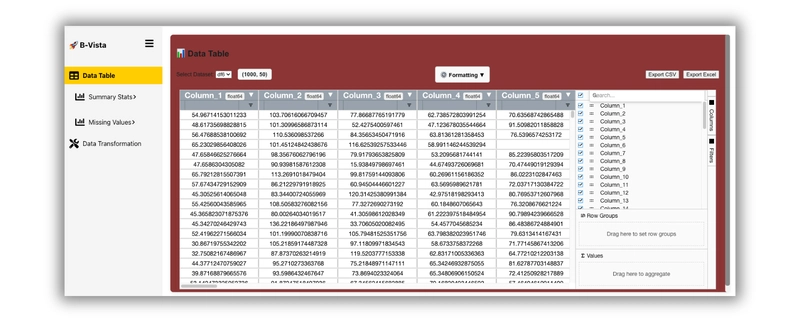

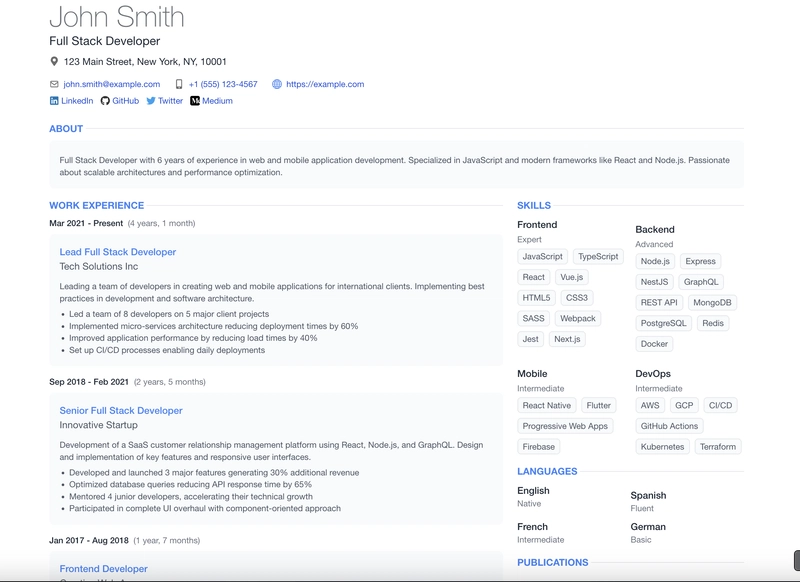











![From Accountant to Data Engineer with Alyson La [Podcast #168]](https://cdn.hashnode.com/res/hashnode/image/upload/v1744420903260/fae4b593-d653-41eb-b70b-031591aa2f35.png?#)






































































































.png?#)















































































































































![Apple Posts Full First Episode of 'Your Friends & Neighbors' on YouTube [Video]](https://www.iclarified.com/images/news/96990/96990/96990-640.jpg)

![Apple May Implement Global iPhone Price Increases to Mitigate Tariff Impacts [Report]](https://www.iclarified.com/images/news/96987/96987/96987-640.jpg)

















































